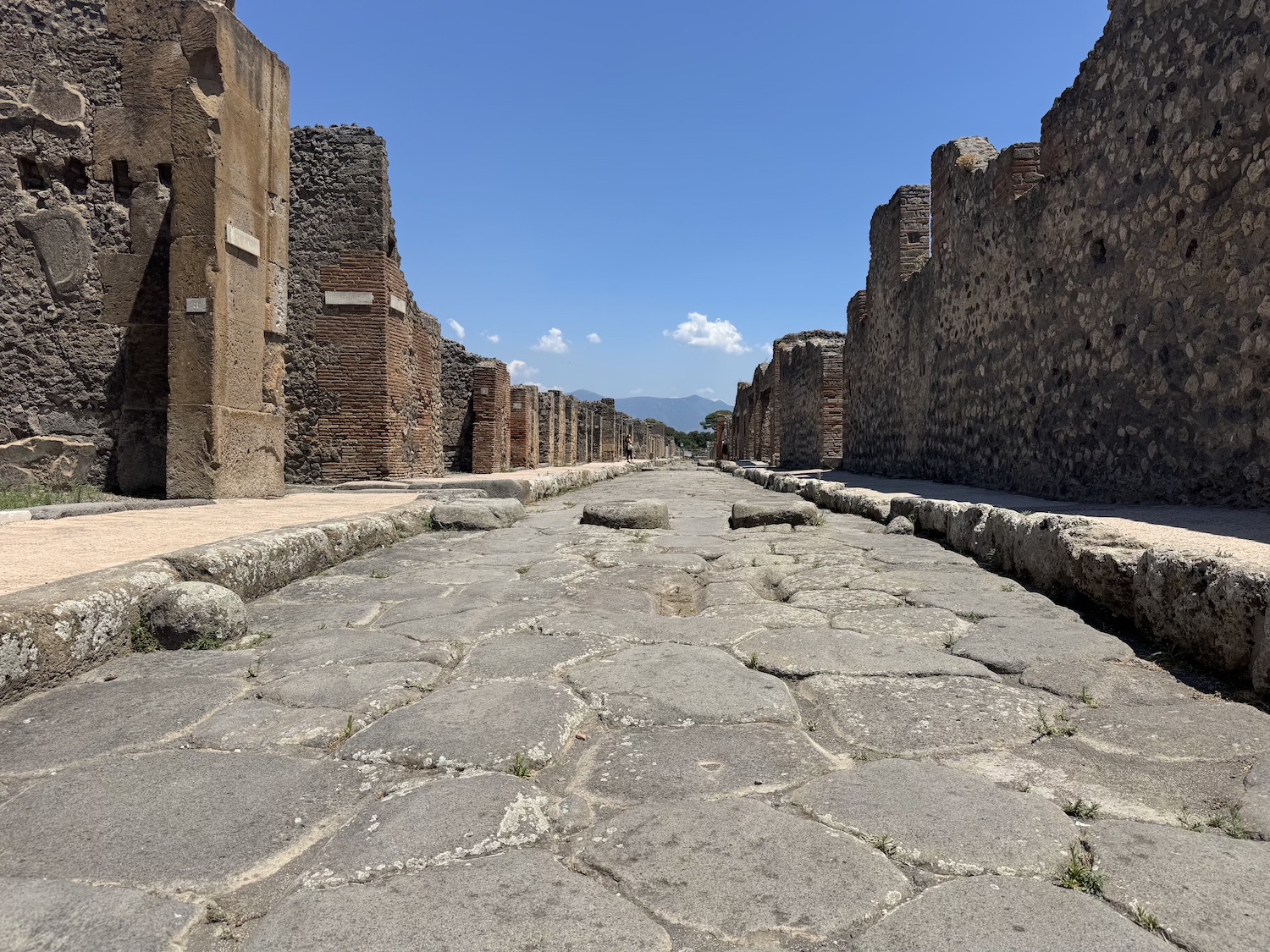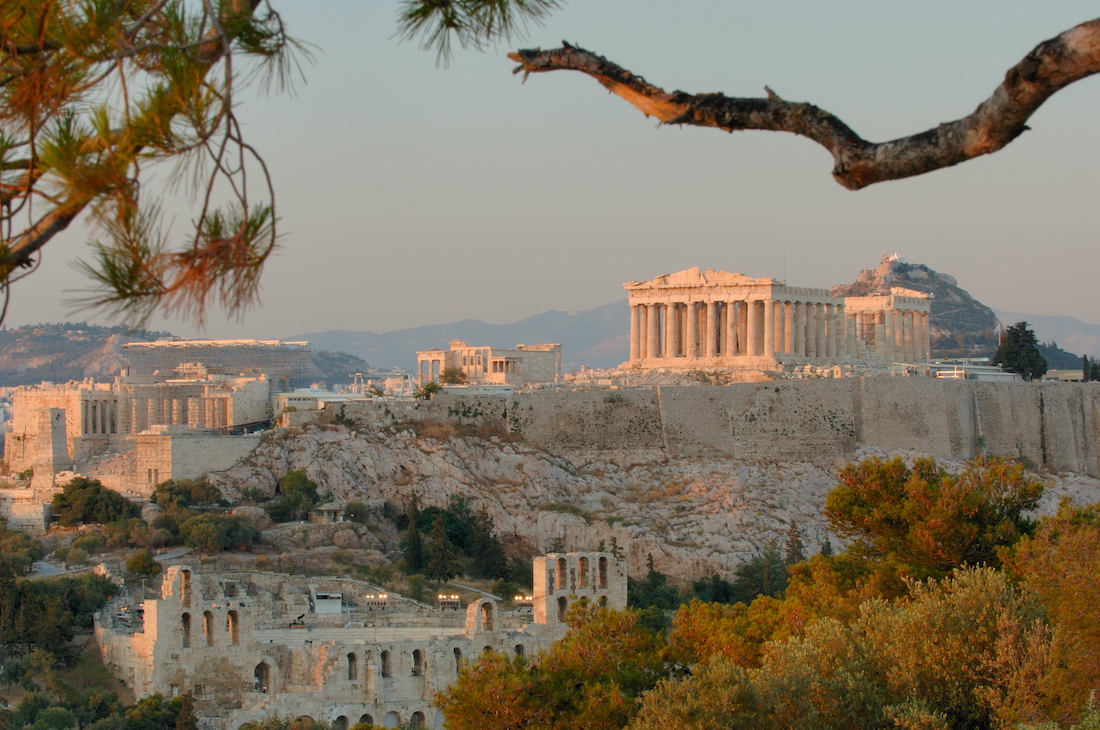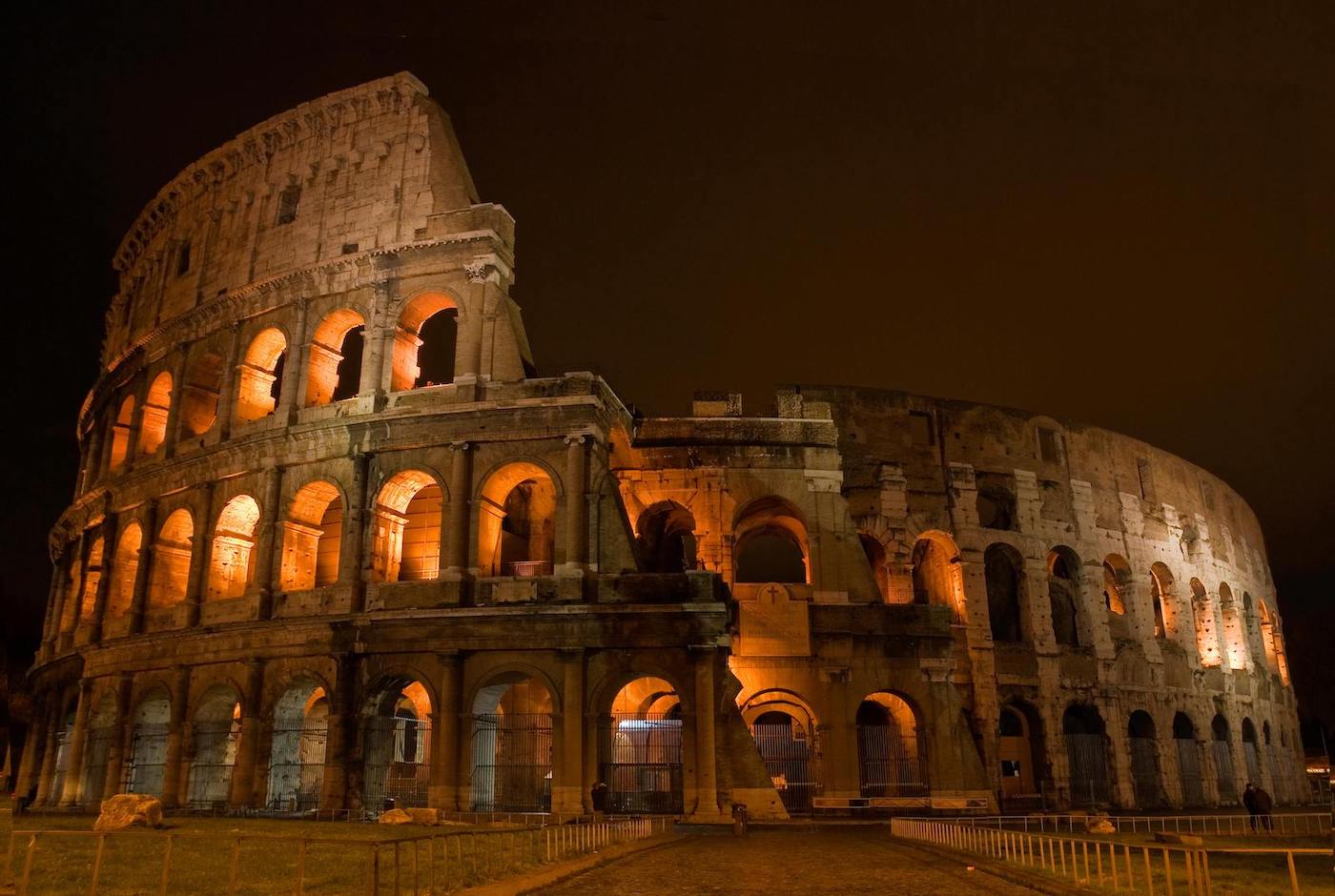The Colosseum of Rome: Exploring Its History, Architecture, and Imperial Legacy
Rome’s Iconic Amphitheater
Rising majestically in the heart of Rome, the Colosseum, originally known as the Amphitheatrum Flavium, endures as a monument to the grandeur of the ancient Roman Empire. Commissioned by Emperor Vespasian in 72 AD and completed under his son Titus in 80 AD, the amphitheater was inaugurated with games that, according to the historian Suetonius, spanned one hundred days, featuring gladiatorial contests, hunts of exotic beasts, and even mock naval battles. This iconic arena was not merely a stage for entertainment—it was a demonstration of imperial power, ingenuity, and the cultural values of Rome itself.
Architectural and Engineering Mastery
Constructed from travertine limestone, tuff, and brick-faced concrete, the Colosseum could accommodate up to 80,000 spectators, making it one of the largest amphitheaters ever built. Its elliptical form, arches, and vaults exemplify Roman engineering at its pinnacle, balancing structural innovation with the need to manage vast crowds.
The Hypogeum: Underground Engineering
Beneath the arena lies the hypogeum, an intricate network of tunnels, chambers, and cages that once housed gladiators and animals, a testament to the meticulous planning and technical sophistication of Roman design. The velarium, a retractable awning, shielded spectators from the sun, highlighting the Romans’ attention to comfort and spectacle.
Gladiators, Spectacle, and the Legacy of Rome
The Colosseum was the epicenter of imperial spectacle. Gladiatorial combat, exotic animal hunts, and staged naval battles (naumachiae) were designed to awe the citizenry while reinforcing the social and political hierarchies of the empire. Though Julius Caesar lived more than a century before the Colosseum’s construction, his use of public games to display power and authority established a cultural precedent that the amphitheater would later inherit, linking spectacle, politics, and public engagement at the very heart of Rome.
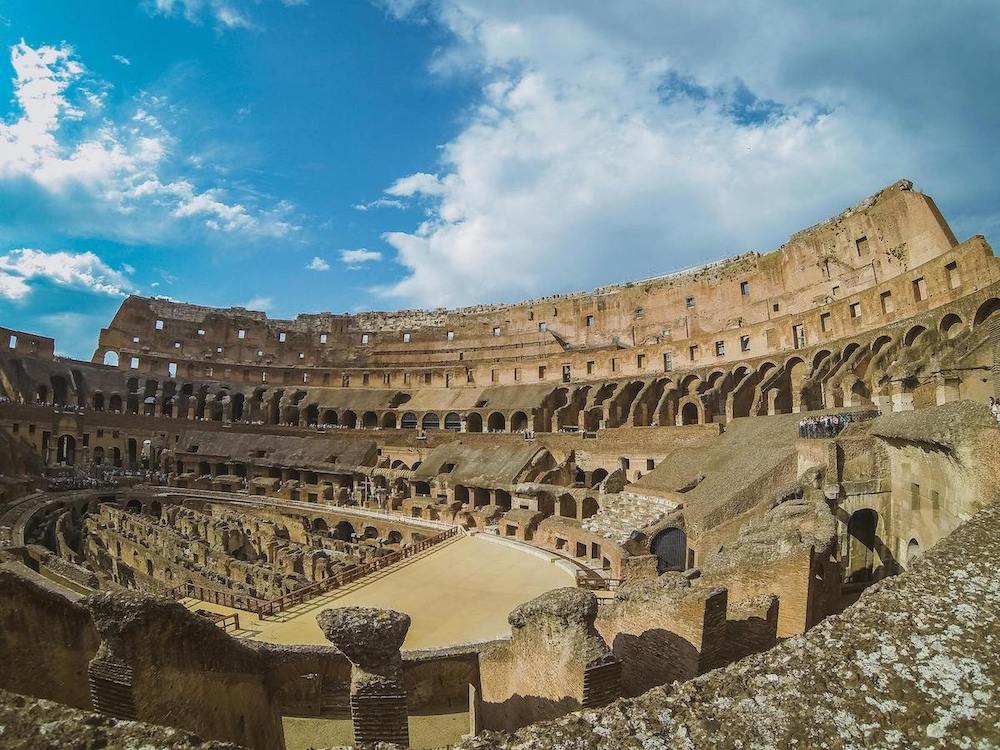
Experiencing the Colosseum
For those who seek the extraordinary, the Colosseum offers a journey beyond the ordinary. Sculptured Journeys guests may descend into the restored hypogeum, explore multiple tiers, and walk across the arena floor in a way that evokes the drama and ingenuity of ancient Roman spectacles. Every step is curated for privacy and intimacy, moments reserved for those with a deep curiosity for history, architecture, and culture. These experiences are crafted with intention, guided by our experts fluent in multiple languages, and supported by private drivers and bespoke itineraries, allowing an unparalleled immersion into the heart of Rome.
Nearby Wonders: The Roman Forum and Palatine Hill
Adjacent to the Colosseum, the Roman Forum and Palatine Hill reveal the civic and political heart of the empire. Visitors can walk among temples, arches, and public spaces where emperors and citizens once convened, including the site of Julius Caesar’s cremation. From exclusive vantage points, our guests enjoy the Forum in a pristine, crowd-free environment, connecting intimately with history while admiring views of the Colosseum and Palatine Hill—moments that are otherwise impossible to experience.
Reflecting on Rome’s Legacy
The Colosseum remains more than a historical monument; it is a gateway to understanding the ingenuity, ambition, and cultural sophistication of ancient Rome. Sculptured Journeys curates every visit with precision, blending history, luxury, and exclusivity. Guests step into spaces steeped in history, gaining insight into the engineering marvels, social hierarchies, and imperial spectacles that shaped Rome—our experiences are reserved for those who travel with intention and an appreciation for the extraordinary.
A Modern Patron of History
The Colosseum’s grandeur continues to inspire, and its preservation has been supported by extraordinary efforts in the modern era. Notably, Diego Della Valle, chairman of the Italian luxury brand Tod’s, funded a €25 million restoration that cleaned and stabilized the monument, revealing its original travertine façade. This private-sector initiative celebrates the enduring legacy of Rome’s architectural marvels, ensuring that future generations may continue to experience the extraordinary history of the Colosseum.
Begin Your Journey
At Sculptured Journeys, we design experiences that move you, crafted with soul, intention and the quiet pursuit of beauty. From the Colosseum’s subterranean hypogeum to the panoramic views of the Roman Forum and Palatine Hill, every moment is curated to inspire curiosity, reflection, and wonder.





















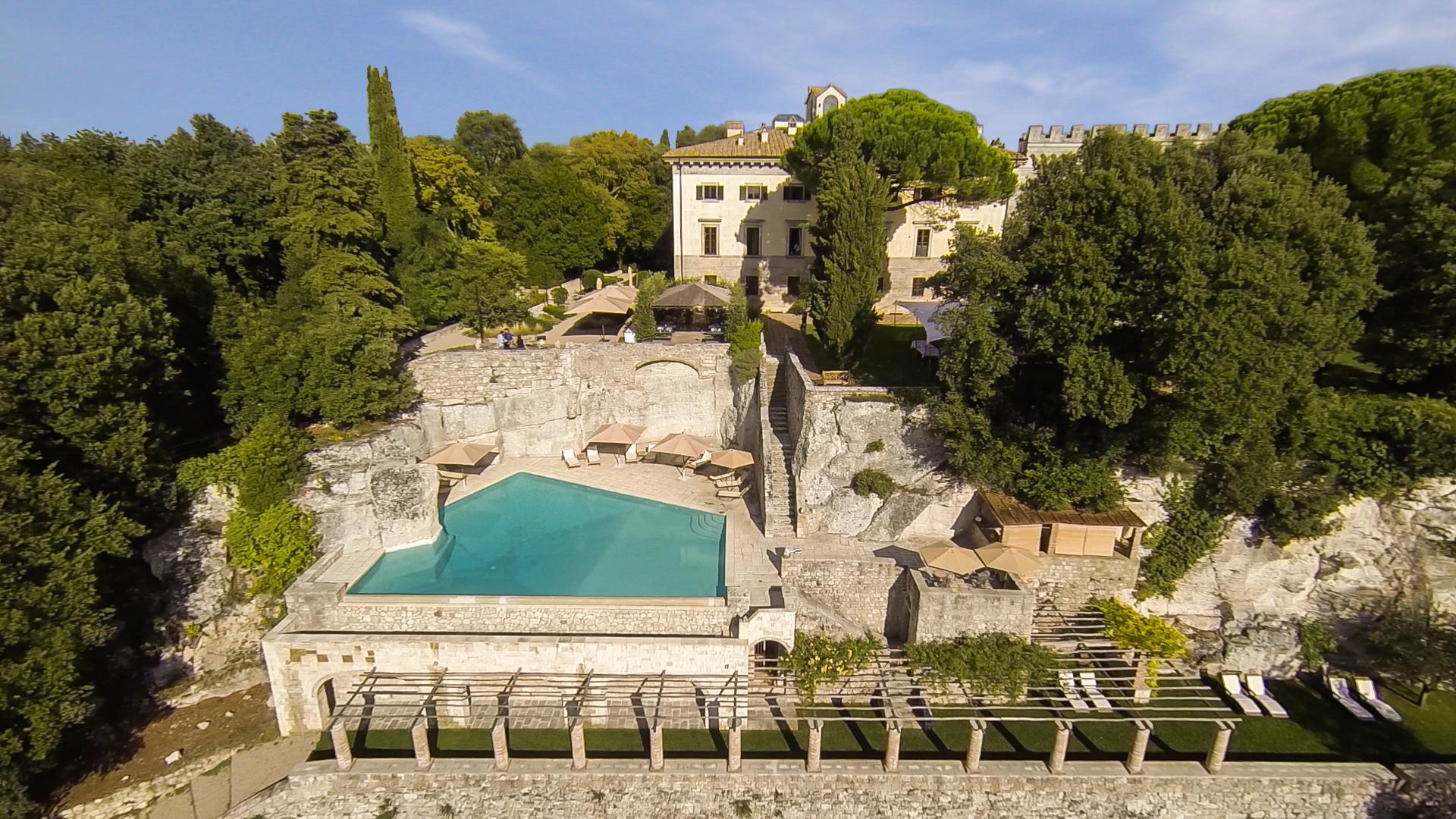



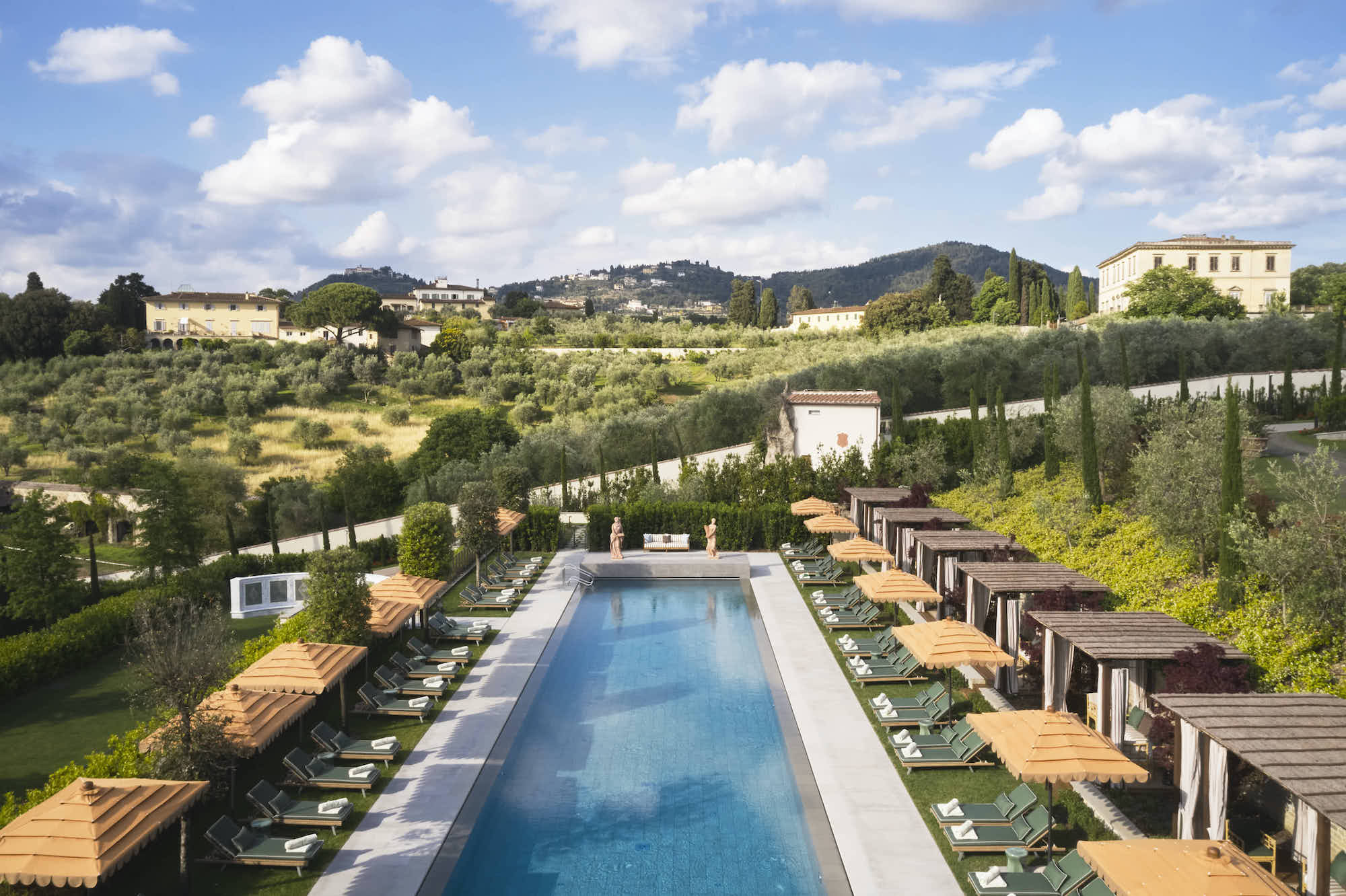










.jpg)

